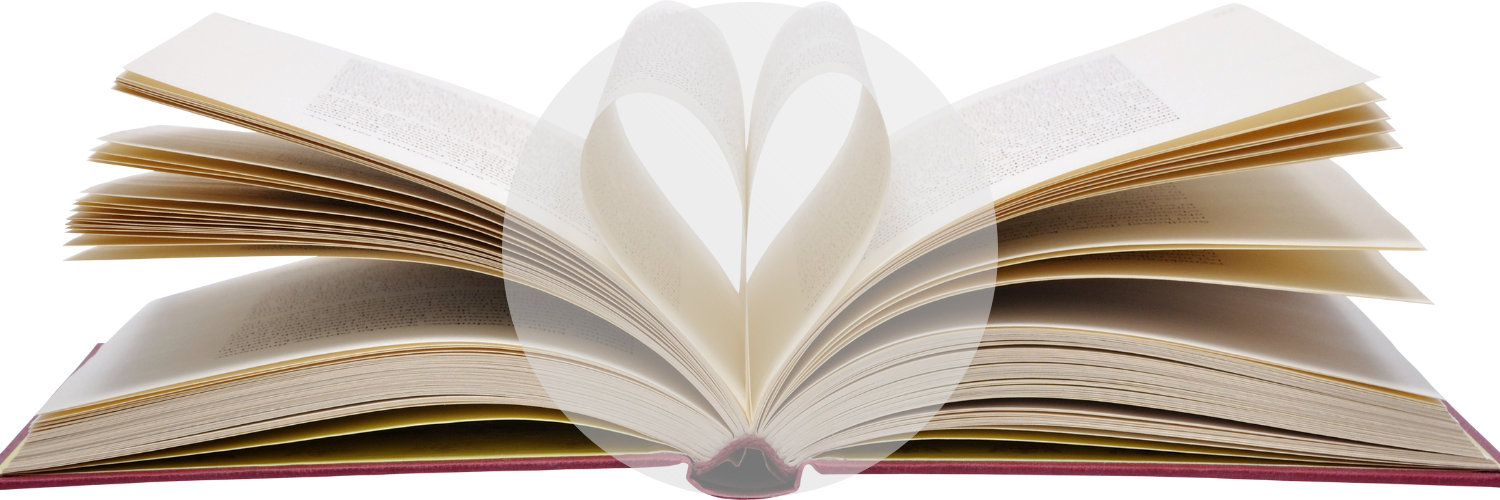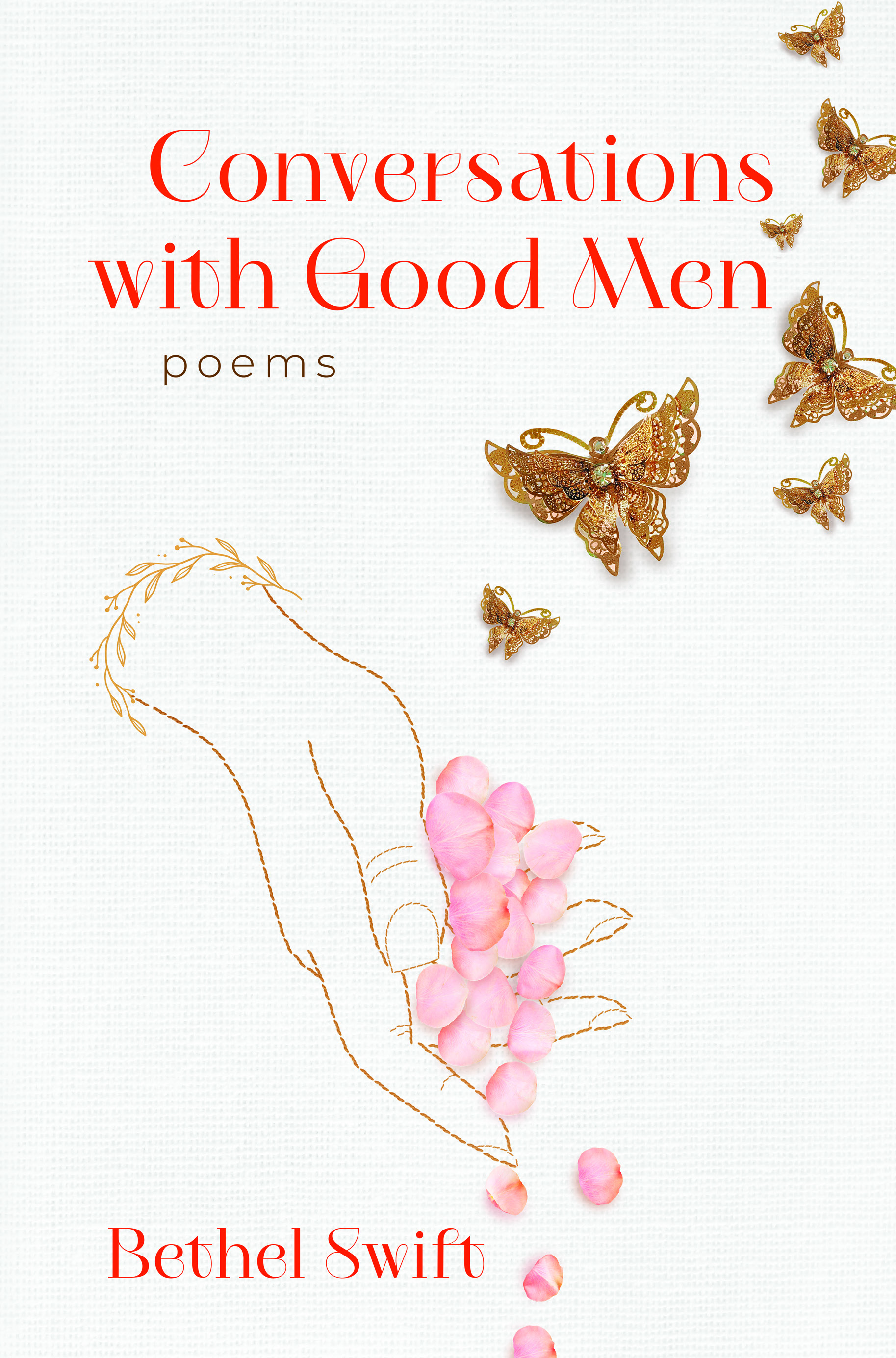Q&A: Sandy Coomer & Deborah Jang
Poets of Influence: Part Two of Two - February 19, 2019
If you are a writer who hasn’t yet heard of AWP’s Writer to Writer Mentor Program, please check them out after reading today’s interview with Sandy Coomer, my incredible AWP W2W Mentor, and Deborah Jang, a fellow W2W Mentee and friend, who also participated in an online read and critique group with me last year. What sets these two apart – among many other things – is that they are both visual artists as well as poets, which I just love (and secretly aspire to). Please enjoy this brief peek into their worlds and let us know what you think!Can you tell us a bit about your path to becoming a poet and artist? Did you always know you wanted to be a writer? How did you get to the point where you are now?
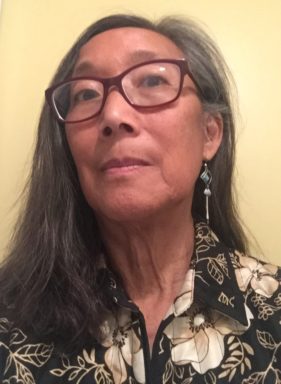
DJ: Through the years, poetry and visual art have been a significant means of expression for me — not necessarily easy and free-flowing, but quietly supplementing a shy and awkward verbal presence in the world. Over time, I have publicly developed the visual art aspect (BFA University of Colorado, Denver), and I have followed a modest art career, first exhibiting as a painter and subsequently as an assemblage sculptor. Within recent years, I have also become more intentional about my writing. I have gathered and augmented a collection of poems for which I hope to find a publisher. I was largely encouraged in this direction by my mentor, poet Kimberly L Becker, through AWP's Writer-to-Writer mentorship program, and have also benefitted from workshops and participation in groups like Lighthouse Writers in Denver, Colorado, and online exchanges.
SC: When my kids got older and didn’t need me as much, I began thinking about what I would like to do for myself, just me… I considered going back to Microbiology but the technology had passed far beyond me in the ten years I was away. Then I thought about my first love – poetry. I enrolled in a creative writing certificate program at a local university and started to learn about the craft of writing. It was there I met my mentor, Bill Brown, whose kindness and encouragement changed the direction of my life. I began to write poems and submit them for publication mostly because Bill believed in me. I was 45 years old and keenly aware of all I didn’t know. I had no confidence as a poet. But I had confidence and trust in Bill. He led me through the doubt and fear of that time. When someone believes in you, sometimes you start to believe in yourself a little bit. I wrote more, read more, studied craft more, submitted more, and published more. I now have three published chapbooks. A full-length collection will come out this year. My journey as an artist is hardly what anyone could call a journey. One day I decided to do some art – I think it was drawing birds and foliage. That led to mixed media which led to acrylic pour which led to exhibits and art shows, an Etsy store, and custom work. I have no education in art and I don’t think I’m all that talented, but I love color and design and creating beautiful things. I like to try new techniques and see where they go. I think I mostly fell into art as a playtime for myself. I never expected it to go so far. I’ve published over 100 pieces of art in literary arts print and online journals.
How has your art impacted your poetry and vice versa?
DJ: In my sculpture, I regard the act of composing, as well as the finished piece, as visual poetry. People have commented on the musicality of my visual work, and I appreciate that, as I try to capture a rhythm and randomness that balance each other. Certain aspects of my creative process are similar in both media, e.g., there is a sense of spontaneity and improvisation that comes across in the visual art and that I strive for in my writing. The process itself—of creation, assessment, revision, obsession, surrender, re-revision—is also common to both and mutually instructive. As with three-dimensional projects in process, so with poems, is it important to let the work speak back and take its true form.
SC: Yikes! I’m not sure it does. I see my art as play and my poetry as work. The two balance each other nicely in my life, but I really don’t overlap them that much except that I submit both to journals. I taught a workshop on Ekphrastic poetry in which I used my abstract pour paintings as fodder for inspiration, but other than that . . . they are separate. I love them both, but I don’t feel that they need to be connected. They are both creative pursuits and in that way enrich my life.
Are you inspired by other types of visual and non-visual art? If so, can you tell us more about that?
DJ: Besides the visual art connection, music is an aspect of the universe I appreciate deeply. Vibration of tone, brightness of song, playful rhythms, melodic swaths that sweep us away — I can’t imagine a world without music.
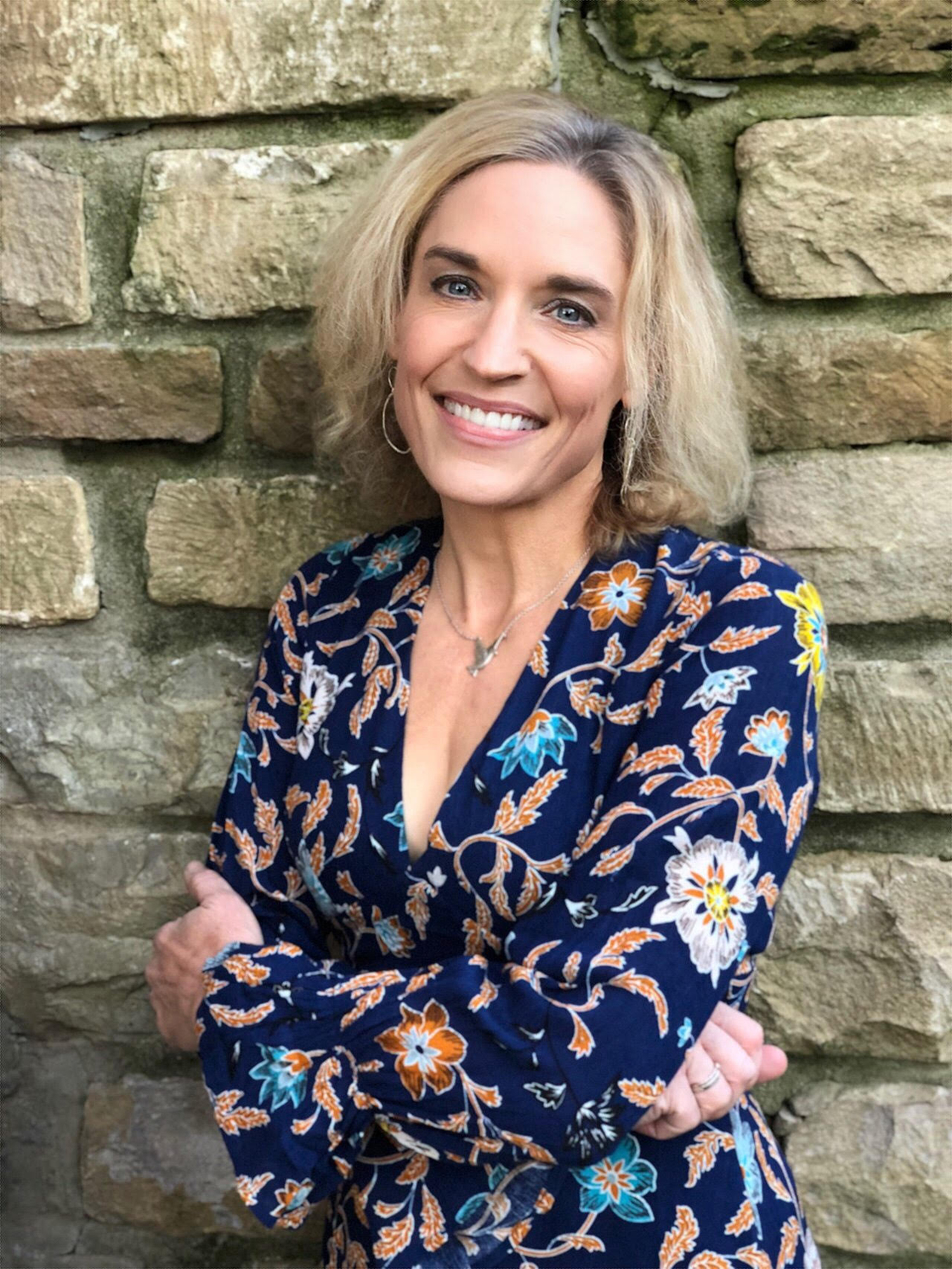
SC: I adore visual art. I’ve read entire books on the Impressionists, Winslow Homer, Mary Cassatt, Gustav Klimt, and many others. I’m fascinated by the creativity that drove them, how they lived their lives, how they developed their particular style of art. I have a very eclectic taste in music, leaning toward indie folk bands more than anything else. Bands like London Grammar, Lord Huron, Wind and Wave, Twin Forks. I like musicians that are doing something different and unusual and that are not afraid to step out of the box. I compose songs on the piano. I am a self-taught piano player and never write down the music. I play every day and I keep it all in my head. It seems to work for me!
Can you share about some of your influences (artists, poets, and/or activists)?
DJ: The artist Ai Weiwei is an inspiration because he is a person with extraordinary imagination and courage that matches his unflinching commitment to shining a light where human rights are being trampled by oppressive regimes. He has been especially active around immigrant and refugee struggles in recent years. Nick Cave the artist, El Anatsui, Noah Purifoy are several other visual artists who inspire for their use of common materials to create inspired worlds of vision. Among writers, Denise Levertov, Lucille Clifton, Li Young-Lee are a few of my faves for their spiritual connection, social commentary, and fierce tenderness, respectively. One activist whom I admire tremendously is Colin Kaepernick —for his courage in the face of shaming and ridicule and loss of professional status and profit. I was moved to write a poem about him.
SC: I really love poets Cecilia Woloch, Natalie Diaz, Louise Gluck, Jane Hirshfield, Kim Addonizio, Mary Oliver. I also love many local and regional TN poets and support them whenever I can: Kory Wells, Linda Parsons, Susan O’Dell Underwood, Bill Brown, Allison Boyd Justus, Christina Stoddard, and many others.
What role does activism plays in your writing and in your life?
DJ: My current writing is largely driven by a need to sink into the human story, both politically and personally, understand and wrestle with motivations and meanings around equity and justice and, in the process, stumble across fleeting resolutions and explore infinite possibilities. In writing I strive to experience the transformation of human struggle into episodes of compassion and grace that bend us toward the common good. I constantly question my place in the story and whether I am doing all that I can to help.
SC: I have a heart for beginner writers and artists and I think I have a gift for encouraging others. Maybe people sense that or maybe they see all the crazy poetry and art stuff I post on all the socials and they think I know a secret path to creativity. I don’t! But for some reason, I’ve had many people approach me and ask to talk about creativity and how they can do something in that realm. Of course, I talk to them. I love to talk about creativity! I want to be that person who says it’s all right to chase your creative dreams - more than all right - it’s necessary. Along those lines, I started Rockvale Review, an online poetry journal in order to promote and encourage poets and to publish them. RR has blossomed into much more than I dreamed. I have a talented team of four other editors, besides myself, and we publish some incredible poems written by amazing, talented poets. I’ve also incorporated art in the journal. We have a featured poet for each issue, so I get to promote, celebrate and publish an artist as well. In Issue Four, we’ll add yet another creative pursuit to the journal: music! I’m working with a pianist and composer to respond to several poems with a newly created musical composition.
Do you have a formal gratitude journaling practice?
DJ: I don’t. I try to remember to be grateful in the moment, not always successfully.
SC: I hesitate to post when I have art or poetry published because I don’t want to be perceived as bragging but I feel a responsibility to publicly thank the editors and journals publishing my work. It’s a tricky balance – to live in humility but also promote yourself as an artist and writer. As for a formal [gratitude] practice, I don’t have a formal anything! I am very much a free spirit person living in the present moment. I feel incredibly blessed to live the life I have, so much so that every day is infused with joy… and I try to live that gift in joyfulness and in kindness and encouragement to others.
Writing is a sedentary (unless you dictate or have one of those treadmill desks) sport and can be a lonely one too. Can you share some of your self-care practices? How do you take good care of yourself - mind, body, soul, and social - while also being so productive?
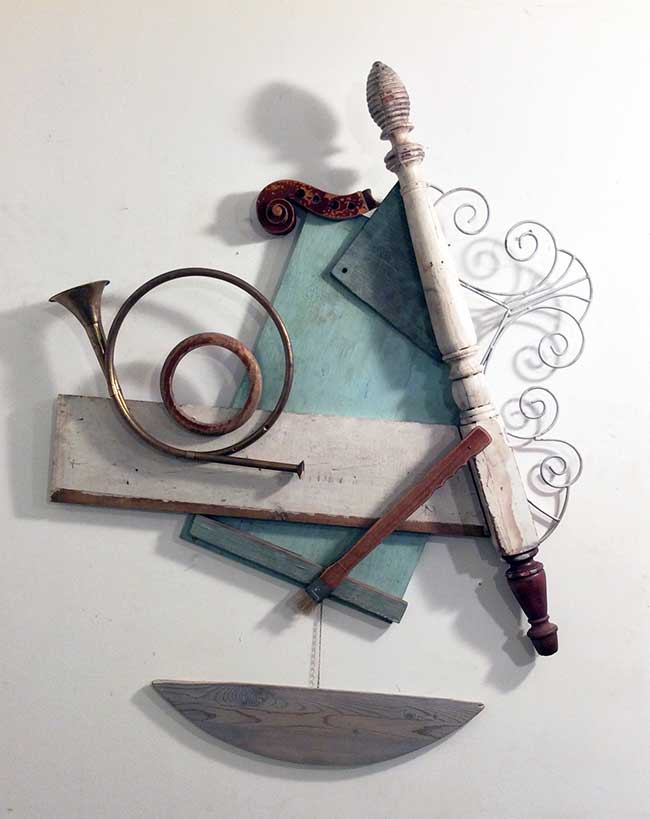
Series by Deborah Jang
DJ: All of life is grist for the work, and the personal friendships that I nurture with care provide rich experience to draw from in my writing. Also, I try to pace myself and not become so busy, busy that it cramps creative spaciousness. If I am feeling stagnant and stuck, I sometimes will make a “date” with “good ideas” and take myself to a public space where I can sit alone, for example, the Denver Botanic Gardens or the beach. Find a comfortable spot, preferably in the sun, and dedicate the time and heart/mind to the creative process, call upon the muses in all their disguises. It really is matter of focus and intent, along with initial effort, and sometimes solitude in a crowd energetically attunes me to “flow." Interacting with fellow poets in mutually respectful conversation can also be a boost, sometimes encountering vital support from kindred souls or unlikely strangers, through the grace of happenstance.
SC: It is exercise that balances me physically. I am an endurance athlete and have been active training and racing in marathons, half marathons, and triathlons for many years. This is where my competitive nature is given free reign. I do some sort of exercise (swim, bike, run, weights) 6 days a week, sometimes 7 days. It keeps me sane and also gives me energy in a different way than creative pursuits do. I don’t do it because I have to or for some reason like trying to lose weight. I truly love to exercise and when I don’t, I feel bad. It’s a life habit that is important to me. Also I meditate and do yoga. I love “Headspace,” which is a meditation app. I also really like inversions in yoga so I’m practicing those often.
What have been some of your highest moments on this journey?
DJ: This past summer I participated in a “socially-engaged” art project, in which I curated a tiny house environment to demonstrate the viability of such structures in developing attainable housing for people facing homelessness. This project was inspired by an existing, successful model of a tiny home village in Denver called “Beloved Village.” Engaging around the demo tiny house, individuals were invited to take “tiny tours” of the structure and to share thoughts about the issues that create homelessness, and sign up to help with solutions. I was encouraged by the positive response and concern of so many people, and an added blessing: Yo-Yo Ma was on world tour and had played at Red Rocks; being a person of compassion and care, he took another day to visit local community projects, including our tiny house project. I was thrilled when he came to RedLine (Contemporary Art Center) and played his cello at the tiny house to an appreciative audience of activists.
SC: One high moment will happen fairly soon. My full-length poetry collection, Available Light, will be published this year by Iris Press. The book has 60 poems that I’ve poured my heart into. It’s a book about balancing life’s shadows (loss, illness, depression, broken relationships, etc.) with the light (hope, kindness, love) that’s always around us. And Rockvale Review and Rockvale Writers’ Colony are two huge joys in my life. They are an enormous amount of work, but well worth the effort because I get to support, promote, and encourage other writers.
What has been most challenging or do you find most discouraging? Any lessons learned from this that you can share?
DJ: I am feeling my way along the writing path, hoping to integrate social concerns and personal reflections in creative, compelling forms. The challenge is to maintain a fresh and holy perspective out of which the artistry can speak most sincerely and successfully, day to day, through the fluctuations of our present circumstances. One lesson that has come through is that there is no shortcut through time or process: each word, each revision, each submission, each re-revision, each rejection, each acceptance is a vital, constructive part of the writing process. For me in my late sixties, this fact can be discouraging … yet “she persists."
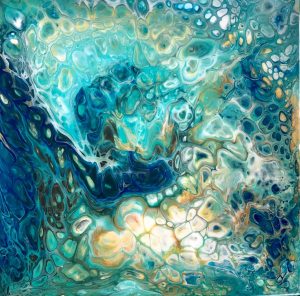
Claybord by Sandy Coomer
(Previously Published in TaxiCab Magazine)
SC: Everything I’ve ever done came with lots of NO’s before I ever got a YES. When I was trying to find a publisher for Available Light, I entered five or six book contests (all of which required a reading fee, so it wasn’t a cheap venture). I didn’t get close to winning in any of them! Of course that’s disappointing, but you just go on. What else is there to do? Giving up is not in my nature. I applied to three residency programs one year and I didn’t get in any of them… You just have to keep pushing forward and finding joy along the way. One challenge that I face is finding time to write in my day to day life. I’m crazy busy most every day and it seems like writing time is be neglected. I haven’t found a good routine for it since I started the writers’ colony. It’s on my mind though, so I anticipate I’ll be able to sort it all out soon.
What's next for you? Any upcoming projects you'd like us to watch for?
DJ: My partner, Mark Friday, and I have been commissioned to create a monumental outdoor sculpture for an art center in Denver. With my friend, Peggy Lore, I am also working on a large sculpture of KwanYin, made of musical instruments, tools, and other found objects. KwanYin is the goddess of compassion and mercy, and I will be taking her to RedLine Contemporary Art Center to finish up alongside Reach studio artists, who gather each week at their community studio for creative refuge. Another recent opportunity I am participating in is “Writing in Color,” which is a monthly gathering of writers of color to workshop and address our diversity of issues in the writing world. I am curious where it will lead.
SC: The big one is the launch of Available Light in a few months. Also, I’ve got several readings in the middle TN area this year with my recent chapbook, Rivers Within Us, and hopefully with Available Light as well. I want to start an independent press, Rockvale Press, so that I can publish poetry chapbooks. I wanted to get that launched this year, but the learning curve may push that to 2020. Rockvale Review should publish two new issues this year. The Ekphrastic poetry project I direct is in year three of its five year path. Later this year, I’ll be looking for 20 more TN poets to join for the fourth year.
How can readers can connect with you and follow your work?
DJ: My art website is deborahjang.com and I have been published in Dash Literary Journal (Spring 2017), The Poetry Box (Summer 2018), and Shantih Journal (Summer 2018).
SC: My artist/writer website is sandycoomer.com. More information about the poetry journal, Rockvale Review, can be found at rockvalereview.com. More information about the writers’ colony can be found at rockvalewriterscolony.org.
Bonus Q&A w/ Sandy Coomer
Please tell us more about Rockvale Review Journal and Rockvale Writer's Colony.Rockvale Review is reading for Issue Four right now. The journal began in July 2017 as my way of supporting and promoting poets. There are a lot of online journals out there and I had no idea what would come from this endeavor. It’s been a huge blessing for me, along with a massive amount of work! I’ve met poets from around the world, and given a few their first publication. I now have a new understanding of online publishing and a view of Submittable from the other side. It’s been eye-opening in a good way.
Rockvale Writers’ Colony was a dream that became reality by way of some sort of magic and miracle. I was blessed to have four writers-in-residence experiences and I was amazed at the amount of work I accomplished during my residency time. I wanted to start something similar in middle Tennessee. I found the perfect property in College Grove, TN, and a year later, voila!
Can you share any of your submission tips or tricks?
I think of submitting as a game and it’s actually fun in a strange sort of way. I’ve long ago gotten over the fear of rejection. I know I’m going to get a lot of rejections (and I do!) and it’s not a big deal to me. One thing that I do is to set some sort of goal with submitting. I put a twist on it to keep things interesting. Maybe I’ll see if I can get 20 rejections in 3 months or pick a month to submit to 10 journals that are on my “mad love” journal list, or some other sort of “game”.
